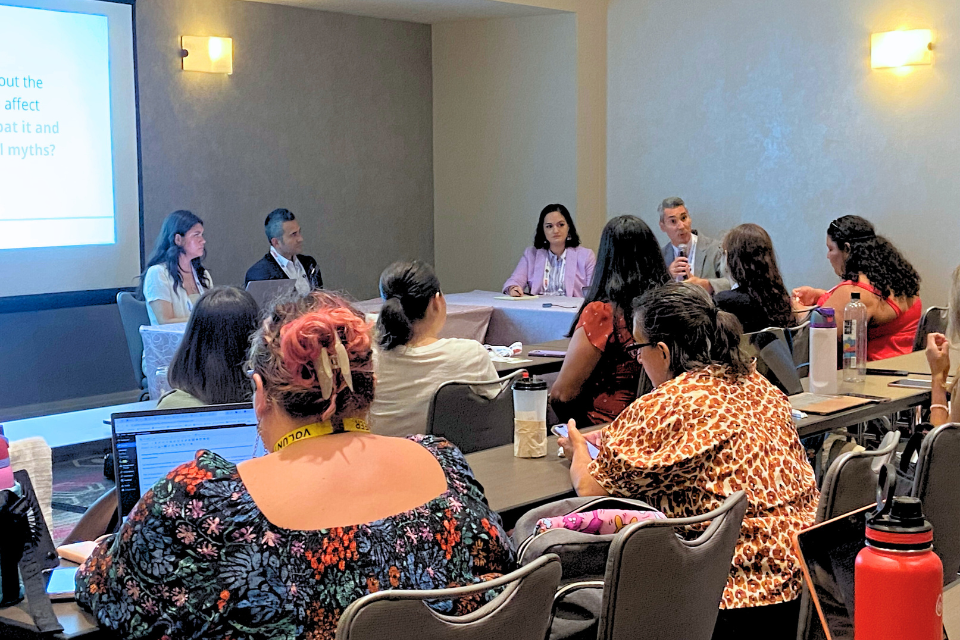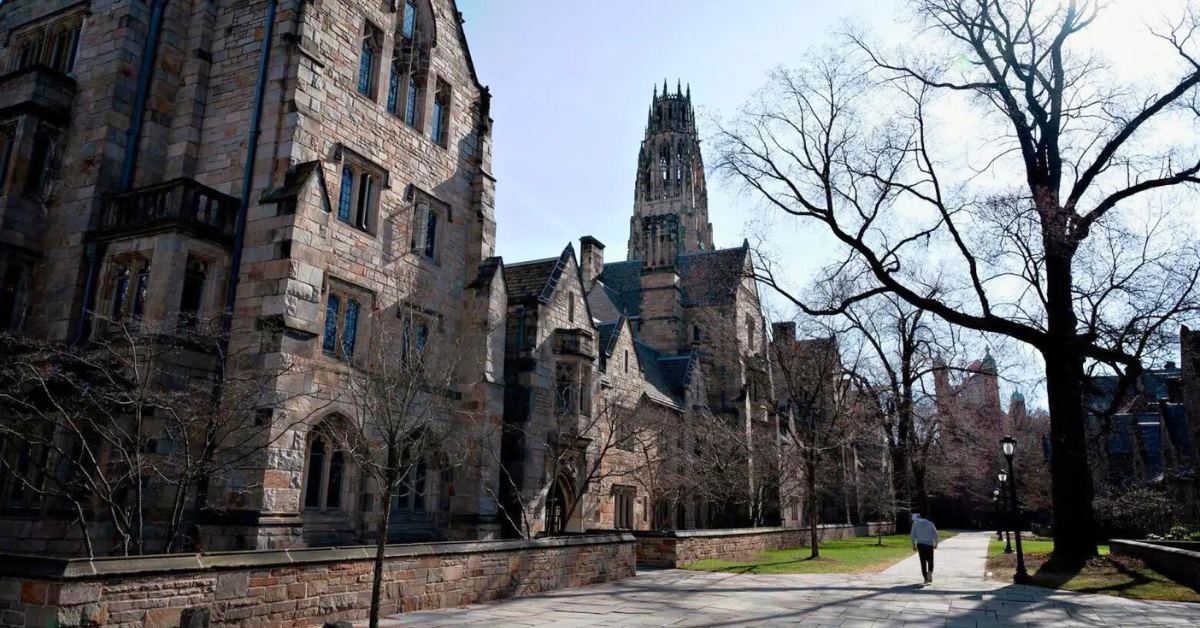By Barbara Thomas
CTLatinoNews.com
Hilda Cardona, diabetes educator (in background) and Kara Ellis, registered dietitian (in foreground) present a patient with information about diabetes during the Annual Diabetes Day event at Community Health Center’s Meriden site. The event is held annually during National Diabetes Awareness Month.
Victor Negron was in denial about the risk of diabetes until an emergency room diagnosed him with the disease three years ago.
Negron couldn’t believe it at first.
“I checked my levels every year and they were normal,” Negron said, referring to the blood glucose levels that are one of the determining factors for diabetes.
Diagnosis is based on a fasting blood sugar level of 120 or greater and an A1C level – which measures average blood glucose control for the previous two to three months – of more than 7.
When he was diagnosed, Negron’s blood glucose levels were more than 500, his A1C level was 14, he was constantly sweaty, and he went blind.
November may have been National Diabetes Awareness Month but for the Latino population information about the disease needs to get out every day. According to the American Diabetes Association, the Latino community’s rates of diabetes are almost double those of non-Latino whites.
Given Latinos’ risk factors and the seriousness of diabetes – complications include blindness, heart problems, kidney failure and nerve damage, which can lead to amputations – the Community Health Center, which has 13 centers statewide, and other health providers in Connecticut have made it their mission to provide educational tools to the population.
Victor Colon
“Diagnosis was a wake-up call,” Negron said. “My father had diabetes and died because of it.” That was after his dad had to endure amputations and he didn’t want that to happen to him.
Negron quickly made up his mind to deal with the disease and his fasting blood glucose level now measures between 82 and 104, and his A1C is 6.2.
His success comes after attending a stress management program and classes at CHC, one health provider that has come up with ways to meet the challenges facing Latinos with diabetes.
“Diabetes is caused by a combination of genetics and environment, and Latinos have a higher genetic predisposition,” said Dr. Daren Anderson, vice president and chief quality officer for Community Health Center, a health provider that has 13 sites statewide. “Environmentally, dietary elements are also a factor.”



